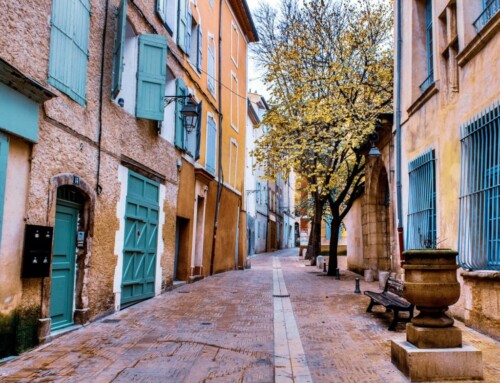
The hydrological cycle. Image credit BBC
ZIMSEC O Level Geography Notes: The hydrological cycle.
- Water does not leave or enter the planet earth.
- It is instead continuously transferred between the atmosphere and the oceans.
- The system of inputs, storages,flows and outputs is known as the water or hydrological cycle.
Inputs
- Inputs – refers to water coming into the system.
- Precipitation – refers to all forms of moisture that reach the Earth’s surface e.g. rain, snow, sleet and hail.
Storages
- Interception – this is when precipitation lands on buildings, vegetation and concrete before it reaches the soil.
- Interception storage is only temporary as it is often quickly evaporated.
- Vegetation storage – this is water taken up by vegetation. It is all the moisture in vegetation at any one time.
- Surface storage – the total volume of water held on the Earth’s surface in lakes, ponds and puddles.
- Groundwater storage – the storage of water underground in permeable rock strata.
- Channel storage -the water held in a river or stream channel.
Flows
- Flows and Processes – water moving from one place to another.
- Baseflow – water that reaches the channel largely through slow throughflow and from permeable rock below the water table.
- Channel flow – the movement of water within the river channel. This is also called a river’s discharge.
- Groundwater flow – the deeper movement of water through underlying permeable rock strata below the water table. Limestone is highly permeable with lots of joints and can lead to faster groundwater flow.
- Infiltration – the downward movement of water into the soil surface.
- Interflow – water flowing downhill through permeable rock above the water table.
- Percolation – the gravity flow of water within soil.
- Stemflow – water running down a plant stem or tree trunk.
- Surface Runoff – the movement of water over the surface of the land, usually when the ground is saturated or frozen or when precipitation is too intense from infiltration to occur.
- Throughflow– the movement of water downslope within the soil layer. Throughflow is fast through pipes (cracks int he soil or animal burrows).
Output
- Outputs – water leaving the system.
- Evaporation – the transformation of water droplets into water vapour by heating.
- Evapotranspiration – the loss of water from a drainage basin into the atmosphere from the leaves of plants plus loss from evaporation.
- Transpiration – evaporation from plant leaves.
- River discharge – the amount of water that passes a given point, in a given amount of time.
To access more topics go to the Geography Notes page.






